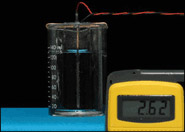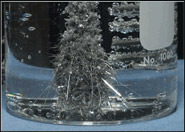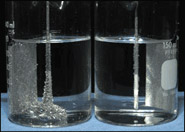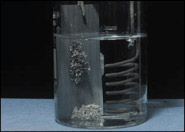Lead-Acid & Internal Electroplating
It is generally recognized that the life of motive power lead-acid batteries can be shortened by a variety of factors relating to service conditions, yet the best made and the most conscientiously used batteries still only have a relatively modest life expectancy.
Why is this so and what can be done about it?
Every time a lead-acid battery is charged, a tiny amount of lead metal finds its way from the positive grids to the negative electrodes. Given enough time, (3-8 years), this results in the battery losing ampere-hour capacity and in its eventual failure.
The underlying mechanism behind this metal migration is electroplating. (Also see Why do batteries inevitably wear out?)
Batteryvitamin has a very specific functionality and is thereby able to cut down on electroplating and to extend battery life. (Also see Life Expectancy A B C D.)
Realising that it is not easy for the visitor to our web site to distinguish the data we have presented as fake or genuine on the basis of a first impression, we have chosen to round off our disclosure with movies that were shot of some of our experiments. The particular experiments shown are of a type that can easily be duplicated by technically minded persons using a minimum of materials, providing what amounts to a "shorthand" verification of the potential of Batteryvitamin.




